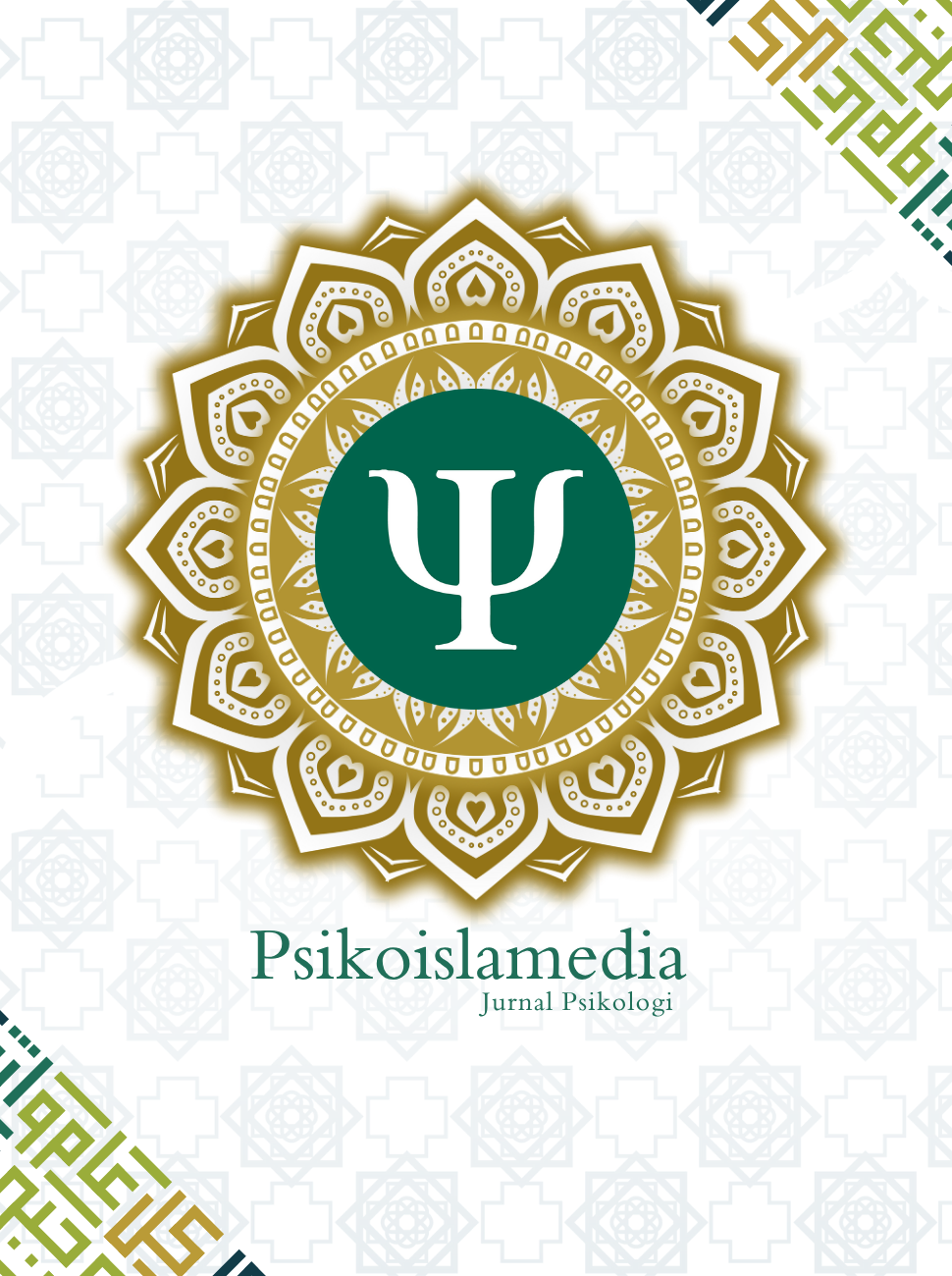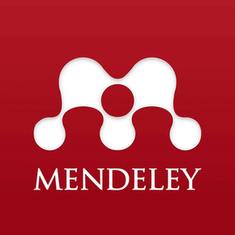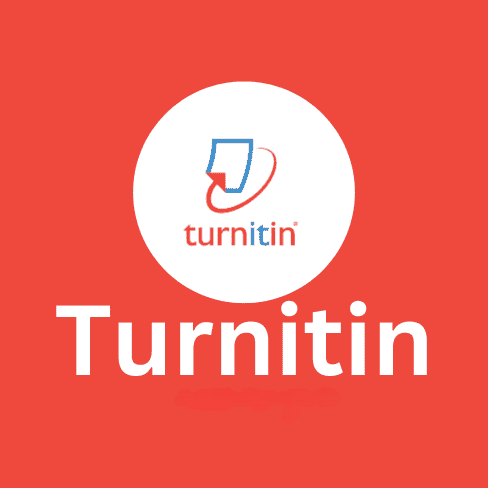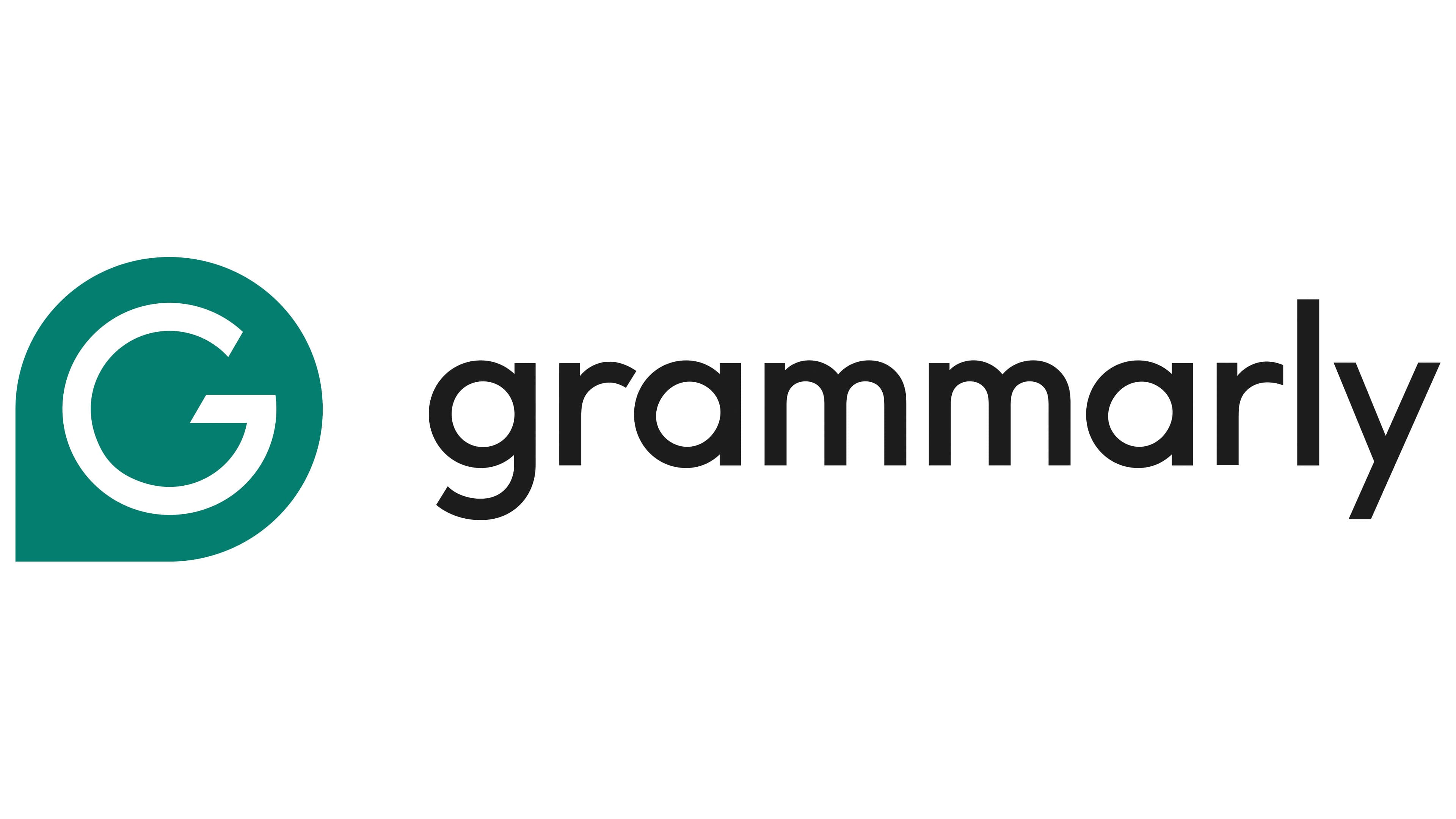JOB DEMANDS & TURNOVER INTENTION: CHANGES IN WORK SITUATION DURING THE COVID-19 PANDEMIC
DOI:
https://doi.org/10.22373/psikoislamedia.v8i2.15730Keywords:
Job Demands, Turnover Intention, COVID-19 PandemicAbstract
The prolonged pandemic caused Job Demands at Company X to increase due to the shift in working conditions to WFH which led to the emergence of Turnover Intention. Job Demands are the physical, psychological, social and organizational aspects of work that have an impact on physical or psychological aspects (Bakker and Demerouti, 2007), while Turnover Intention is the probability that someone will leave the organization in the near future (Jackson S. & Jackson L., 2019). This study uses the Stress Appraisal Theory by Richard Lazarus (Baumeister & Vohs, 2007), uses an explanatory quantitative approach with a survey method with 50 participants. The results showed that Job Demands had a significant effect on Turnover Intention (p=0.012), and only one dimension of Job Demands, namely Role Conflict, which shows a significant effect on Turnover Intention, which is equal to p=0,291. Referring to the questions and research objectives, the conclusion is that the increase in Job Demands had a significant effect on the Turnover Intention of Company X employees during the pandemic.
References
Bakker, A. B., Demerouti, E. 2007. The Job Demands–Resources Model: State of The Art. J. Management Psychology 22 (3), 309–328.
Bakker, A. B., Demerouti, E., Sanz-Vergel, A.I. 2014. Burnout and Work Engagement: The JD–R Approach. Organizational Psychology Behavior 1, 389–411.
Bakker, A. 2015. A Job Demands–Resources Approach to Public Service Motivation. Public Adm. Rev. 75 (5), 723–732.
Baumeister, R. F., Vohs, K. D., & Tice, D. M. (2007). The Strength Model of Self-Control. Current Directions in Psychological Science, 16(6), 351–355. https://doi.org/10.1111/j.1467-8721.2007.00534.x
Brooks, Samantha K; Webster, Rebecca K; Smith, Louise E; Woodland, Lisa; Wessely, Simon; Greenberg, Neil; Rubin, Gideon James. 2020. The Psychological Impact of Quarantine and How to Reduce It: Rapid Review of The Evidence. doi:10.1016/S0140-6736(20)30460-8.
Demerouti, E., Bakker, A. B., Nachreiner, F., Schaufeli, W.B. 2001. The Job Demands–Resources Model of Burnout. J. Application Psychology 86, 499–512.
Griffeth, R. W., & Hom, P. W. 2001. Retaining Valued Employees. Sage Publications.
Holmes, E. A., O’Connor, R. C., Perry, V. H., Tracey, I., Wessely, S., Arseneault, L., Bullmore, E. (2020). Multidisciplinary research priorities for the COVID-19 pandemic: a call for action for mental health science. The Lancet Psychiatry, 7(6), 547-560. doi:10.1016/s2215-0366(20)30168-1.
Irshad, M., Khattak, S. A., Hassan, M. M., Majeed, M., & Bashir, S. (2020). Withdraw Turnover Intention among Pakistani Nurses: A Moderation and Mediation Analysis: How Perceived Threat of Covid-19 Causes. International Journal of Mental Health Nursing, 30(1), 350-350.
Jackson, S., Jackson, L. 2019. Self-Esteem: Its Mediating Effects on The Relationship Between Discrimination at Work and Employee Organisation Commitment and Turn-over Intention. Journal of Psychology in Africa, 29(1), 13–21. doi:10.1080/14330237.2019.1568065.
Jang, J., George, R.T. 2012. Understanding The Influence of Polychronicity on Job Satisfaction and Turnover Intention: A Study of Non-Supervisory Hotel Employees. International Journal of Hospitality Management 31 (2), 588–595.
Kim, K., Jogaratnam, G. 2010. Effects of Individual and Organizational Factors on Job Satisfaction and Intent to Stay in The Hotel and Restaurant Industry. Journal of Human Resources in Hospitality & Tourism 9 (3), 318–339.
Kim, Y. 2016. Music Therapists’ Job Demands, Job Autonomy, Social Support, and Their Relationship with Burnout and Turnover Intention. The Arts in Psychotherapy Vol. 51, p. 17-23. https://doi.org/10.1016/j.aip.2016.08.001.
Lambert, E. G., Hogan, N. L., Worley, R. M., & Worley, V. B. 2021. How the Workplace Plays a Role in a Good Life: Using the Job Demands-Resources Model in Predicting Correctional Staff Life Satisfaction. American Journal of Criminal Justice. doi:10.1007/s12103-021-09621-0.
Nair, S., Lim, Y. M., Cheik, A. N. 2016. Internal Push Factors and External Pull Factors and Their Relationships with Lecturers’ Turnover Intention. International Journal of Business and Management 11(12):110. doi:10.5539/ijbm.v11n12p110.
Schaufeli, W.B. 2017. Applying The Job Demands-Resources Model: A ‘How to’ Guide to Measuring and Tackling Work Engagement and Burnout. Organ. Dyn. Vol. 46, 120–132.
Schaufeli, W.B., Bakker, A.B. 2004. Job Demands, Job Resources and Their Relationship with Burnout and Engagement: A Multiple-Sample Study. J. Organization Behavior Vol. 25 (3), 293–515.
Schaufeli, W.B., Taris, T.W. 2014. A Critical Review of The Job Demands-Resources Model: Implications for Improving Work and Health. In: Bauer, G., Hämmig, O. (Eds.), Bridging Occupational, Organizational and Public Health p. 43–68.
Sugiyono. 2018. Metode Penelitian Kuantitatif. Bandung: Alfabeta.
Wang, C., Pan, R., Wan, X., Tan, Y., Xu, L., McIntyre, Roger, S., Faith, N., Tran, Bach, H., Roger, Sharma, Vijay K., Ho, C. 2020. A Longitudinal Study on The Mental Health of General Population during The COVID-19 Epidemic in China. Brain, Behavior, and Immunity. doi:10.1016/j.bbi.2020.04.028.
Yener, M., Coskun, O. 2013. Using Job Resources and Job Demands in Predicting Burnout. Social and Behavioral Sciences 99 p. 869–876. doi:10.1016/j.sbspro.2013.10.559.
Yin, J., Bi, Y., Ni, Y. 2022. The Impact of COVID-19 on Turnover Intention among Hotel Employees: A Moderated Mediation Model. Journal of Hospitality and Tourism Management 51 p. 539-549. https://doi.org/10.1016/j.jhtm.2022.05.010.
Zamralita, Danudoro, K., Lie, D. 2021. The Effect of Job Demands on Burnout with Job Resources as A Moderator Among External Auditors. http://creativecommons.org/licenses/by-nc/4.0/.
Downloads
Published
Issue
Section
License
Authors who publish in this Journal agree to the following terms:
- Authors retain copyright and grant the journal right of first publication with the work simultaneously licensed under Attribution-ShareAlike 4.0 International (CC BY-SA 4.0) allows others to share the work with an acknowledgment of the work's authorship and initial publication in this journal.
- Authors are able to enter into separate, additional contractual arrangements for the non-exclusive distribution of the journal's published version of the work (e.g., post it to an institutional repository or publish it in a book), with an acknowledgment of its initial publication in this journal.
- Authors are permitted and encouraged to post their work online (e.g., in institutional repositories or on their website) prior to and during the submission process, as it can lead to productive exchanges, as well as earlier and greater citation of published work. (See The Effect of Open Acces)














